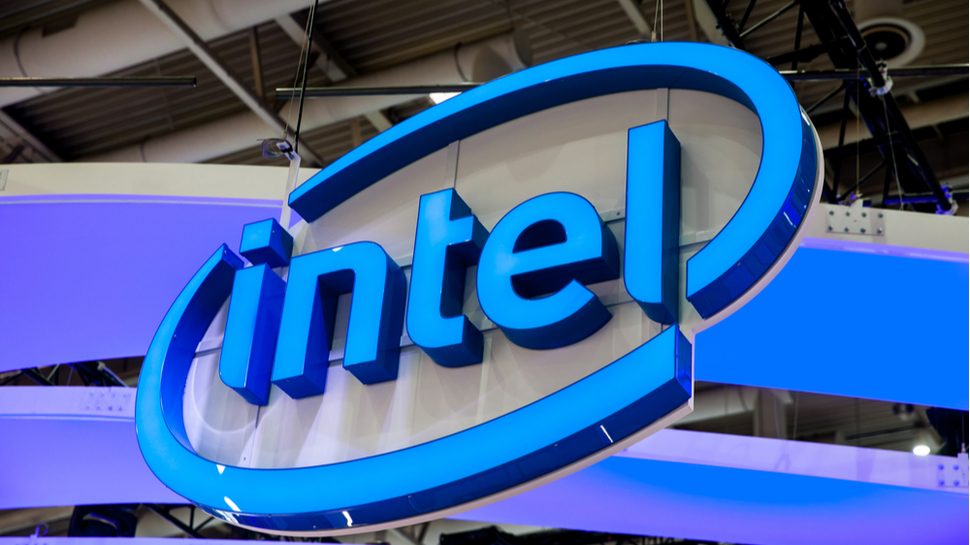Intel sells off NAND storage unit in multi-billion dollar deal
The deal is worth around $9 billion

Intel has agreed to sell its NAND storage division to South Korean semiconductor supplier SK Hynix in a deal valued at approximately $9 billion. The acquisition will take place gradually between now and 2025 and include Intel’s solid state drive business and a production facility in the Chinese city of Dalian, in additional to the NAND component and wafer divisions.
The deal will reinforce Hynix’s standing in the world of chipmaking, taking the South Korean firm up to second place in the global NAND memory market, behind only Samsung. Intel’s divestment, meanwhile, will allow the technology giant to focus on its core offerings.
It is worth noting, however, that Hynix’s shares actually fell in value following news of the purchase – the company’s biggest ever – with analysts concerned by the price paid.
- The best business cloud storage service
- Here's our list of the best external hard drives around
- And check out our list of the best rugged hard drives available
Good time to sell?
It’s also possible that Intel’s decision to sell was influenced by other factors. Although the company’s NAND division did post a profit for the first half of this year, previously it had consistently delivered annual losses. Ongoing US-China tensions may also have encouraged Intel’s decision to sell its Dalian factory.
“I am proud of the NAND memory business we have built and believe this combination with SK Hynix will grow the memory ecosystem for the benefit of customers, partners and employees,” Bob Swan, Intel CEO, said in a press release. “For Intel, this transaction will allow us to further prioritize our investments in differentiated technology where we can play a bigger role in the success of our customers and deliver attractive returns to our stockholders.”
NAND flash memory is a type of storage technology that does not require power to retain data. It is incredibly common, used in smartphones, USBs and SD cards. With its Intel purchase, SK Hynix now has a 23.2 per cent share of the NAND flash market.
- We've built a list of the best secure drives around
Via Bloomberg
Are you a pro? Subscribe to our newsletter
Sign up to the TechRadar Pro newsletter to get all the top news, opinion, features and guidance your business needs to succeed!
Barclay has been writing about technology for a decade, starting out as a freelancer with ITProPortal covering everything from London’s start-up scene to comparisons of the best cloud storage services. After that, he spent some time as the managing editor of an online outlet focusing on cloud computing, furthering his interest in virtualization, Big Data, and the Internet of Things.
